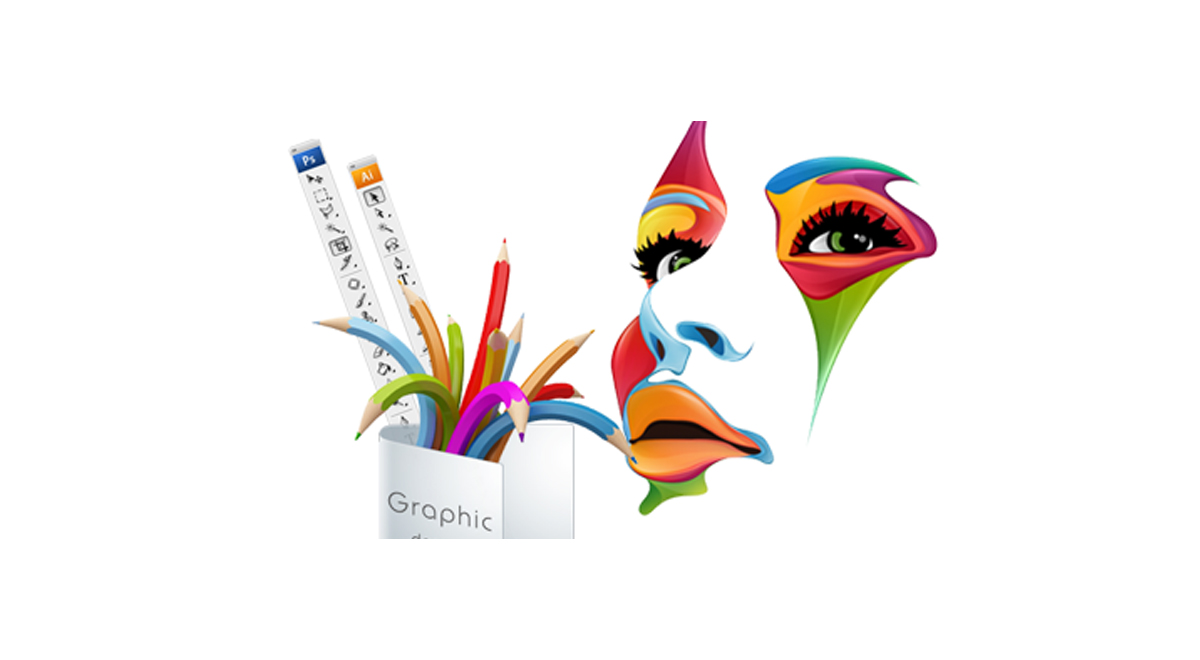How to works css?
CSS is translated by the browser (the application used to see the website page, e.g. Internet Explorer or Google Chrome) and after that used to choose how the site page should look. This likewise implies while there is an extremely intensive determination of the CSS language, the numerous browsers over the greater part of the conceivable gadgets (desktop PCs, tablets, cell phones and so on.) deciphers your CSS code in its own particular manner. This implies despite the fact that a large portion of your work will probably look and act the way you anticipate that it will, there may be unpretentious contrasts in the event that you see your work in a portion of the numerous browsers available.
Since CSS is only a determination and not a law, browser merchants are allowed to include their own particular CSS properties, enabling you to perform further developed things, however just in that specific browser. This is as often as possible utilized by the different merchants to endeavor to induce W3 (the association responsible for some Internet related particulars, including HTML and CSS) into adding usefulness to the following rendition of the CSS detail.
Generally, the problem with rendering contrasts crosswise over browsers have been a bigger problem than it right now is. Particularly Microsoft has had problems following the determination with their Internet Explorer, with rendition 6 being the most noticeably bad case of this - contending browsers were following the detail way better, but since of pieces of the pie, designers needed to execute a few frightful workarounds to completely bolster IE6 and its many eccentricities. Luckily for designers everywhere throughout the world, Microsoft has done a great deal to cure these problems in later forms of Internet Explorer.
Be that as it may, you will in any case keep running into contrasts in rendering, particularly when you test crosswise over various browsers on various gadgets and working frameworks. Your site page won't not appear to be identical in Internet Explorer as it does in Chrome, and there might even be contrasts when taking a gander at it in Chrome on a PC with Linux, OSX or Linux. Hence, dependably test your site page in whatever number browsers as could reasonably be expected and ensure that your CSS approves (more on that later).
Summary
CSS is deciphered by the client (as a general rule a webbrowser) on each request, and since different browsers uses different parsing engines, things won't not have all the earmarks of being indistinguishable across finished different devices, stages and browser adjustments. Guarantee that you test most of your pages in whatever number browsers as could be permitted and to help lessen the measure of problems you ought to guarantee that your CSS code can pass the checks of the W3 validator.
In this instructional exercise we may discuss properties and strategies which can currently be used as a piece of the most recent versions of the most standard browsers: Microsoft Internet Explorer, Google Chrome, Mozilla Firefox and Apple Safari. Regardless, the way that these properties and frameworks are appreciated by the browsers still doesn't infer that they are deciphered AND used as a piece of correctly the same, so review overlook the splendid lead of CSS: Test your work however much as could sensibly be normal!
Wright © bestwebdesign and Graphics design











